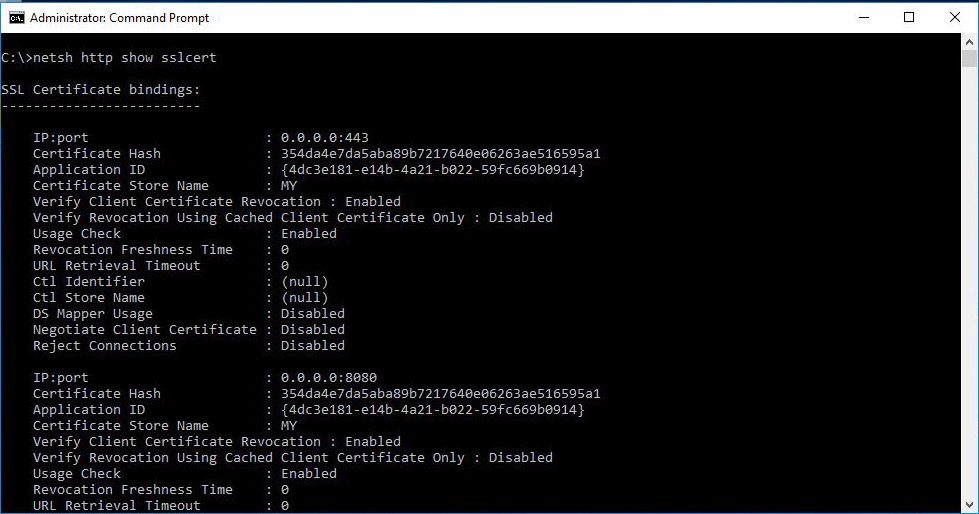Verify the Agent Connectivity to OMS Workspace
Now that we have configured our first agent to send data to the OMS workspace, how do we know that everything is working as it should?
The first place to check the status of the agent is the agent itself. Open the Control Panel and search for the Microsoft Monitoring Agent. If you switch to the Azure Log Analytics tab, the status of the agent is shown as following:
In case you need more details about the status of the agent and it's operations, events are written to the Operations Manager event log:
The last way to check the connectivity of an agent to the workspace is to query the heartbeat logs on the workspace itself. The agents send heartbeat messages to the workspace and those messages are available to query.
Here we see that the OMSGateway.lab.local computer has sent a heartbeat message on 2018-03-22 at 16:00 GTM. The IP address of the computer is also available along with the type and version of operating system and agent and other useful information.
There's a very cool solution for the OMS Portal that takes advantage of the heartbeat information and presents the status of the agents with some very nice diagrams.
The solution is called "Agent Health" and is available via the solutions gallery of the OMS portal. All you have to do is search for it and then add it to the portal.
Please note that the agent might need some to connect and the data to be available on the queries so don't loose your faith if it doesn't show up immediately.
Related articles
Introduction to Azure Advanced Analytics
Configuring Log and Performance Counter collection on the OMS Workspace
Install and Configure the OMS Windows Agent
Verify the Agent Connectivity to OMS Workspace
Deploying the OMS Windows Agent using DSC
Querying OMS for Performance Data
Querying OMS for Events
Collecting IIS Log Files
Install and Configure the OMS Linux Agent
Syslog Message Collection for OMS from sources that do not support the agent
Generating Alerts on OMS
Update Management using OMS
Monitoring Active Directory Health using OMS
Assessing Security using OMS
Monitoring Microsoft SQL using OMS
Monitoring Azure Activity Log using OMS
The first place to check the status of the agent is the agent itself. Open the Control Panel and search for the Microsoft Monitoring Agent. If you switch to the Azure Log Analytics tab, the status of the agent is shown as following:
In case you need more details about the status of the agent and it's operations, events are written to the Operations Manager event log:
The last way to check the connectivity of an agent to the workspace is to query the heartbeat logs on the workspace itself. The agents send heartbeat messages to the workspace and those messages are available to query.
Here we see that the OMSGateway.lab.local computer has sent a heartbeat message on 2018-03-22 at 16:00 GTM. The IP address of the computer is also available along with the type and version of operating system and agent and other useful information.
There's a very cool solution for the OMS Portal that takes advantage of the heartbeat information and presents the status of the agents with some very nice diagrams.
The solution is called "Agent Health" and is available via the solutions gallery of the OMS portal. All you have to do is search for it and then add it to the portal.
Please note that the agent might need some to connect and the data to be available on the queries so don't loose your faith if it doesn't show up immediately.
Related articles
Introduction to Azure Advanced Analytics
Configuring Log and Performance Counter collection on the OMS Workspace
Install and Configure the OMS Windows Agent
Verify the Agent Connectivity to OMS Workspace
Deploying the OMS Windows Agent using DSC
Querying OMS for Performance Data
Querying OMS for Events
Collecting IIS Log Files
Install and Configure the OMS Linux Agent
Syslog Message Collection for OMS from sources that do not support the agent
Generating Alerts on OMS
Update Management using OMS
Monitoring Active Directory Health using OMS
Assessing Security using OMS
Monitoring Microsoft SQL using OMS
Monitoring Azure Activity Log using OMS






